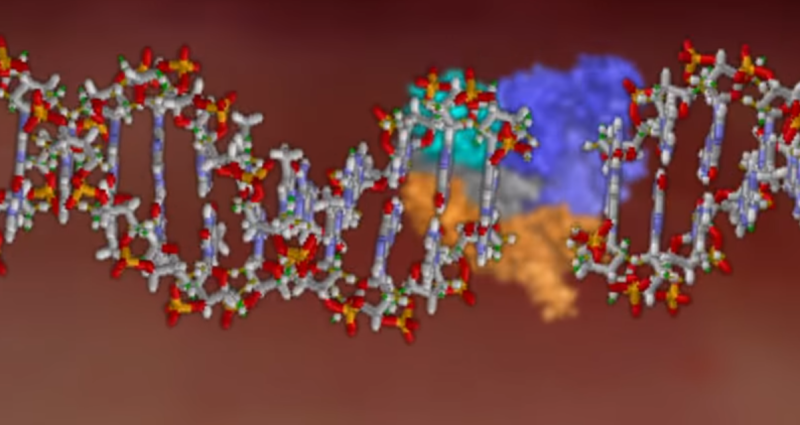A DNA-editing technology known as CRISPR/Cas9 has exploded onto the scientific stage in the last year. Though gene-editing techniques have been around for decades, CRISPR is easier to use and more precise than other methods.
Research in the United States is still restricted to editing non-reproductive (or somatic) cells, but many in the scientific community feel it is only a matter of time before the human germline is modified, changing human genes in a way that can be passed down parent to offspring.
Last spring researchers in China caused a mild panic by reporting they had edited human embryos for the first time. That experiment did not work well, but it leant added urgency to calls for an international discussion on gene-editing ethics.
The National Academy of Sciences has started a year-long study to examine the issues related to using CRISPR/Cas9 to treat diseases and, potentially, modify the human germline.
